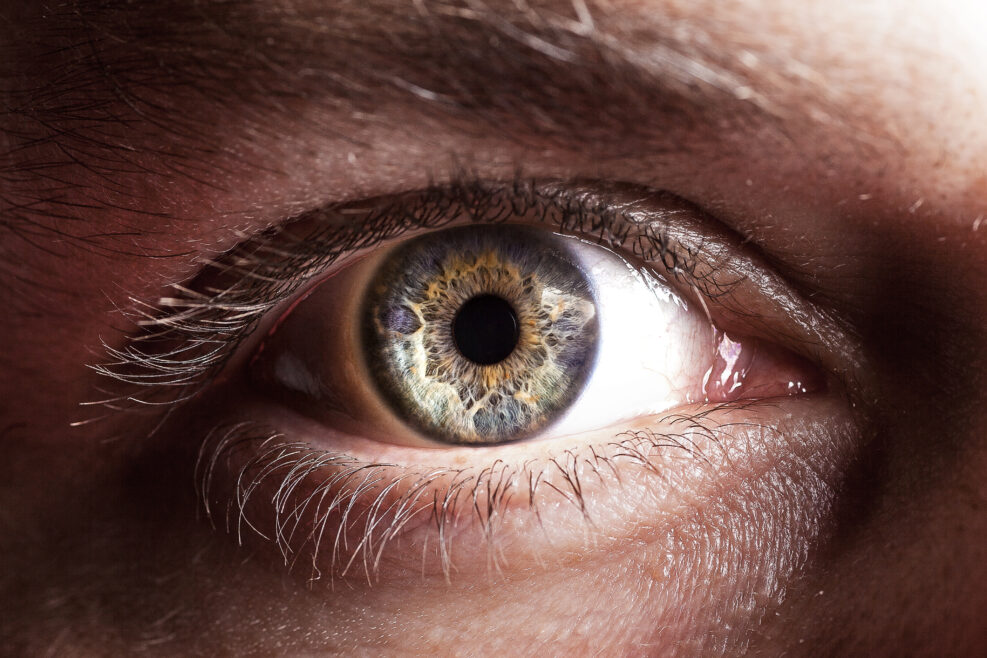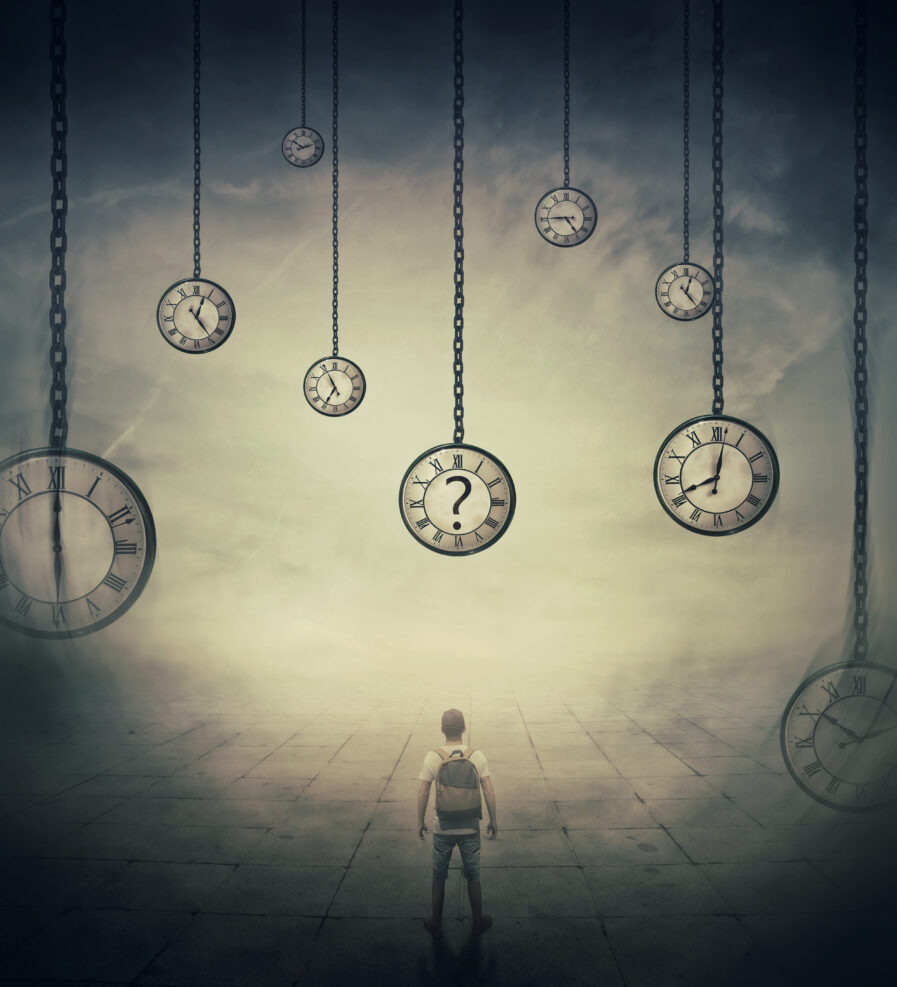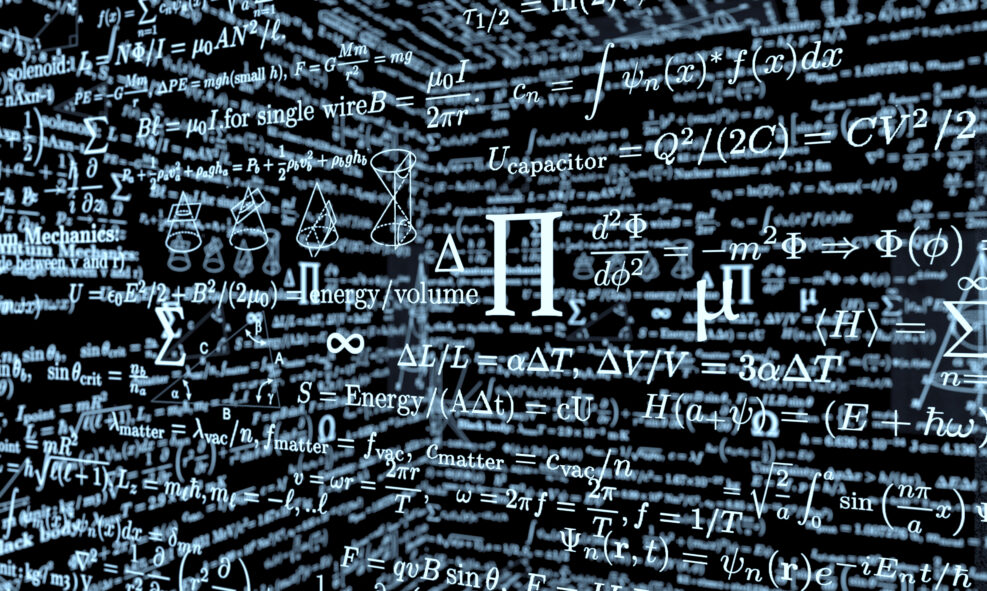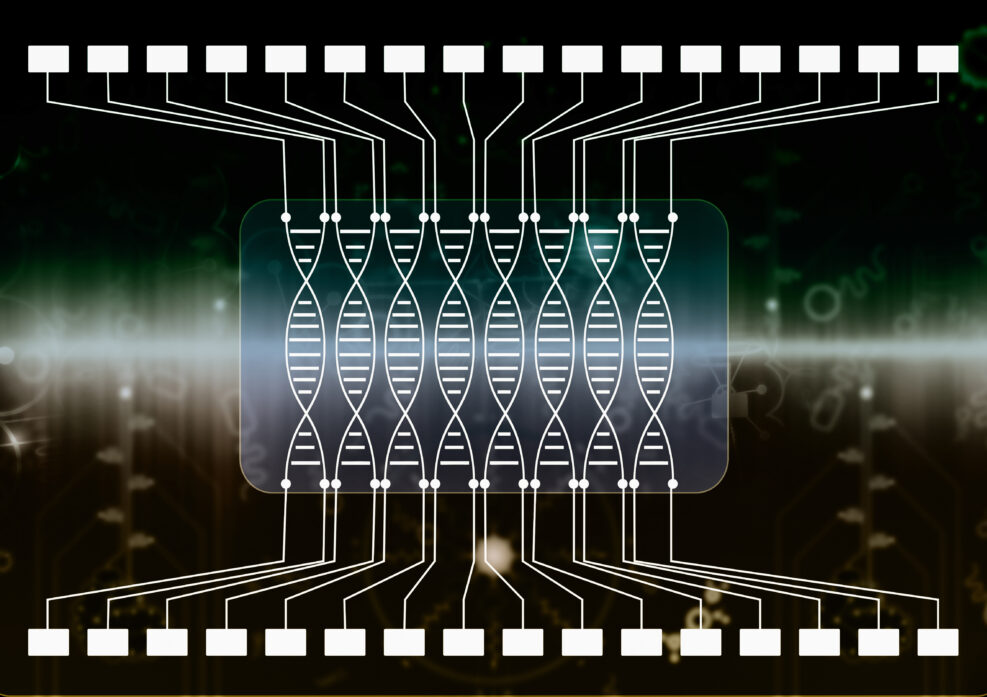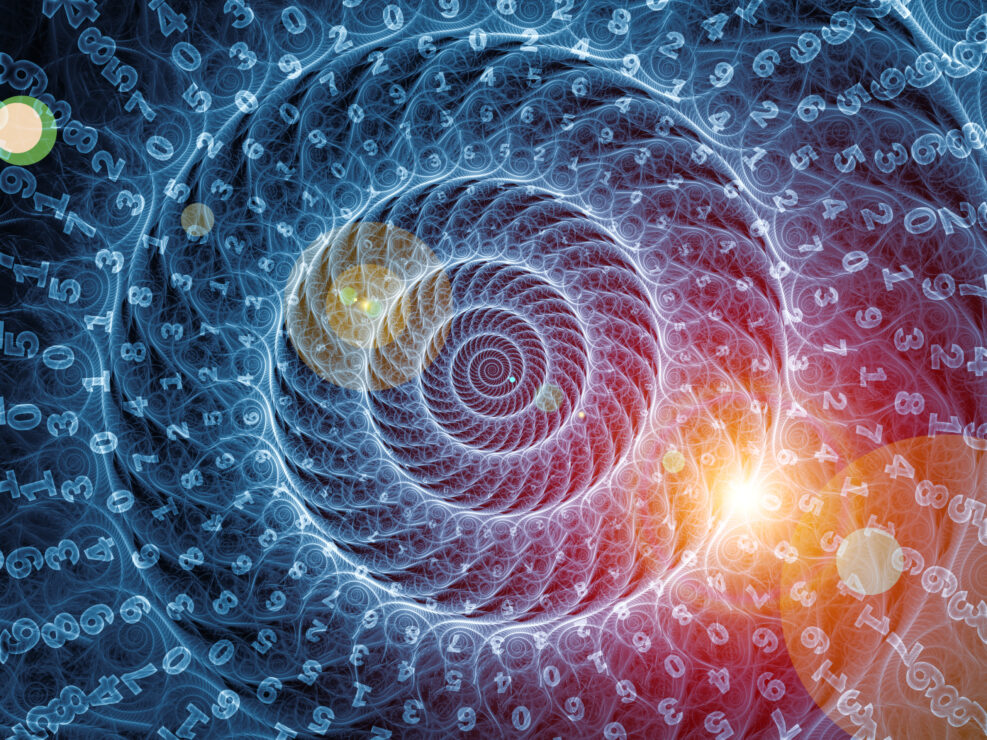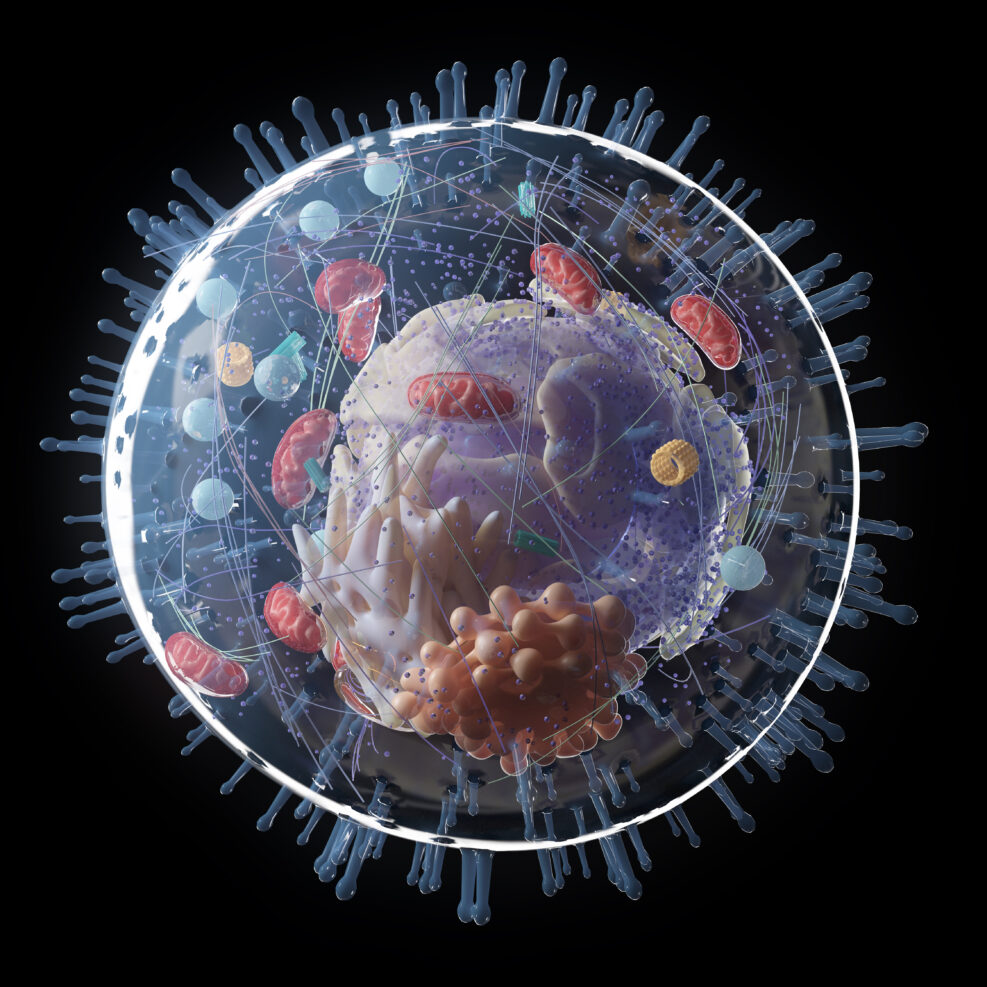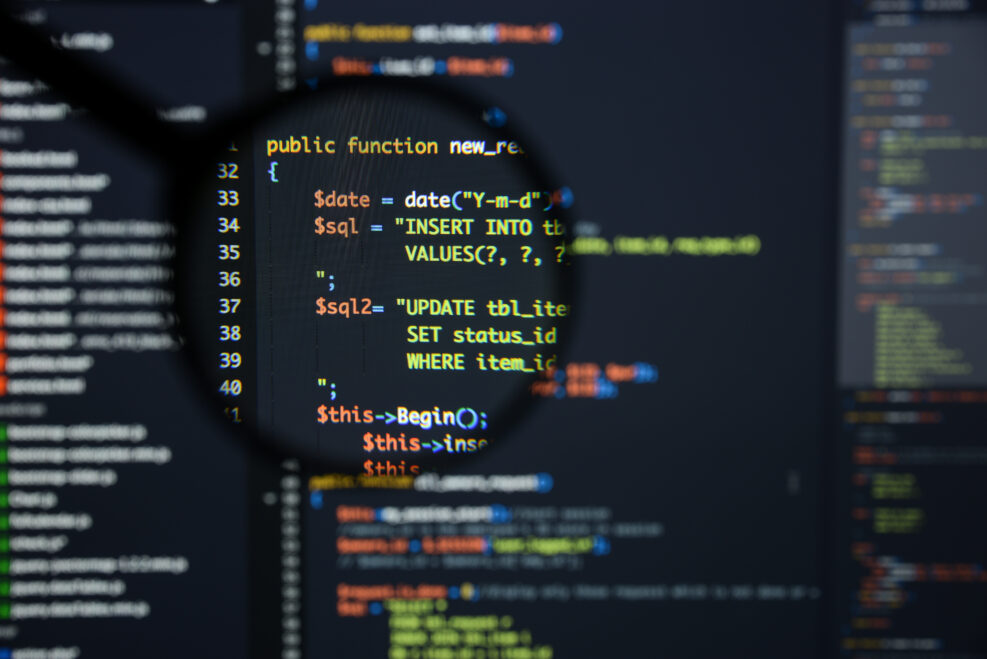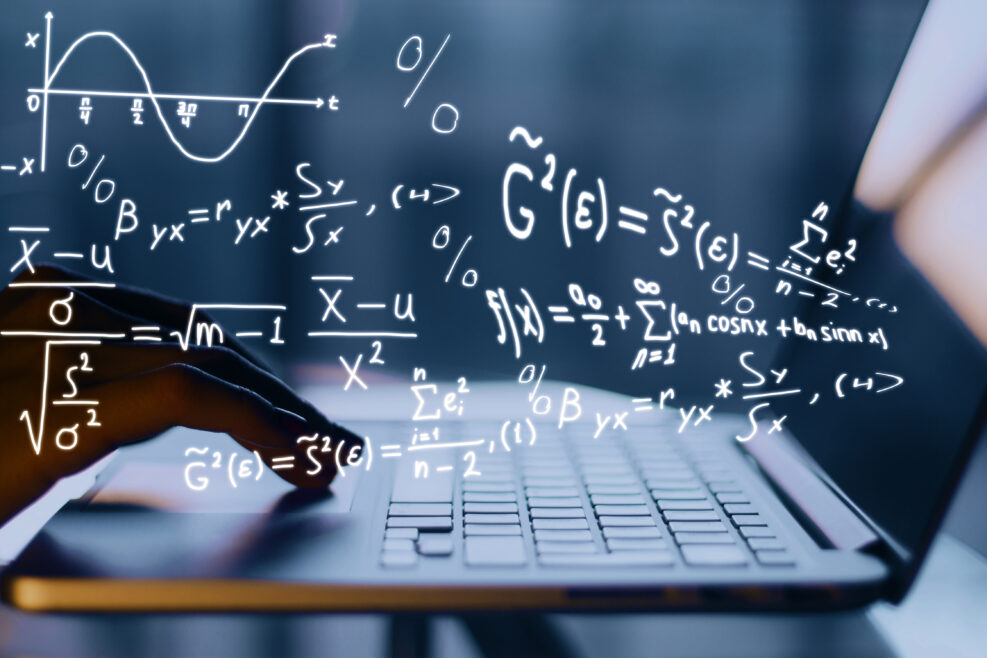
How Stephen Wolfram Revolutionized Math Computing
Wolfram has not made computers creative but he certainly took a lot of the drudgery out of the professionIn last week’s podcast, “The Chaitin Interview III: The Changing Landscape for Mathematics,” Walter Bradley Center director Robert J. Marks interviewed mathematician and computer scientist Gregory Chaitin on many things mathematical, including why math or engineering geniuses (Elon Musk came to mind, of course) can’t just follow the rules. This week, we look at Stephen Wolfram’s new program that checks your hard math. What can — and can’t — it do for mathematicians? https://episodes.castos.com/mindmatters/Mind-Matters-126-Gregory-Chaitin.mp3 This portion begins at 13:22 min. A partial transcript, Show Notes, and Additional Resources follow. Gregory Chaitin: Now, there is what I regard as a piece of AI, so it might be interesting to talk about it. My friend Stephen Wolfram (pictured), the system he’s created, Read More ›

